Solar Panel Charge Controller – Working, Types, and Installation Process Explained
Curious to learn about solar charge controllers? Click here for a detailed guide on solar charge controller, its applications & benefits of mppt & pwm charge controllers. The post Solar Panel Charge Controller – Working, Types, and Installation Process Explained appeared first on Rooftop Solar for your home and more - Blog | SolarSquare.

A solar panel charge controller, also known as a solar charge regulator, is a device that manages the current and voltage coming from solar panels before it’s used to charge the battery bank (typically made of lithium-ion batteries) in a hybrid or off-grid solar system. Its primary role is to prevent overcharging, as this can damage the lithium batteries or shorten their lifespan.
In addition to regulating the charge, a solar panel charge controller also protects against battery over-discharge and manages the power supplied to electrical loads. This device uses one of the two algorithms – PWM (Pulse Width Modulation) or MPPT (Maximum Power Point Tracking) – to charge batteries. PWM controllers were widely used in the 1990s, but MPPT controllers are more prevalent today since they’re significantly more efficient.
This comprehensive guide explains how solar panel charge controllers work, compares PWM and MPPT technologies, and provides guidance on installing solar charge regulators safely.
TL;DR Summary Box: Are Solar Panel Charge Controllers Mandatory?
Solar panel charge controllers are highly recommended safety devices for battery-based solar systems since they regulate power flow from solar panels to batteries, preventing overcharging damage and increasing the battery lifespan. They prevent costly battery damage, improve system efficiency, and provide essential safety features like over-discharge protection and reverse current blocking.
Let’s check out the critical details about these charge controllers, which, later on, will be explained in greater detail in this blog:
Topic Description Why do solar charge regulators matter? They extend battery life, boost system efficiency, and add over‑discharge and reverse current protection. Solar charge collector types PWM: ~65% efficient, cheap, needs matched voltages.
MPPT: ~95% efficient, converts extra volts to charging amps, doesn’t lead to energy wastage.Installation sequence to be followed for safety purposes Battery → Controller → Panels → Loads
Check polarity carefullyCost of solar charge controllers in India 10A PWM unit: ~Rs. 1,050*
40A MPPT unit: ~Rs. 6,500*Are solar panel charge controllers mandatory? Required for any battery‑based (off‑grid/hybrid) solar energy system
Not needed for on‑grid rooftop solar systems without battery storage
*Disclaimer: The above-mentioned solar charge controller cost details are based on standard market estimates. The final cost can vary significantly based on the brand you choose, the type of charge controller (PWM or MPPT), and the voltage and current specifications. Please note that SolarSquare does not sell solar charge controllers.
What is a Solar Panel Charge Controller?
A solar panel charge controller is a sophisticated electronic device that regulates the electrical current flowing from solar panels to rechargeable batteries. It prevents batteries from being overcharged during peak sunlight hours and stops reverse current flow that could drain batteries at night.
What Does a Solar Charge Controller Do?
A solar charge controller ensures batteries are charged at a reasonable rate, appliances don’t get damaged, and that the excess power doesn’t return to the panels and drain the batteries with zero energy. For this reason, they are also known as high-powered voltage regulators.
The core functions of a solar charge controller include:
- Overcharge protection: Prevents battery damage from excessive voltage
- Over-discharge protection: Stops batteries from draining below safe levels
- Reverse current blocking: Prevents power from flowing back to panels at night
- Load control: Manages power distribution to connected devices
- System monitoring: MPPT type charge controllers can display voltage, current, and charging status
How Does a Solar Charge Controller Work?
Solar charge regulators work by monitoring the power coming from the solar panels and the voltage level of the batteries. Based on this information, they decide the best way to charge the batteries.
Let’s check out the working process of a solar panel charge controller as it happens step-by-step:
- Power input monitoring: The controller continuously checks the voltage and current produced by the solar panels in the solar energy system. This helps the charge controller determine how much power can be sent to the batteries without damaging them.
- Battery status assessment: It keeps an eye on the battery’s charge level, voltage, and temperature to avoid problems like overcharging or overheating.
- Charging algorithm execution: The controller charges the battery in three steps to keep it safe and long-lasting. First, it sends a lot of power to quickly charge the battery (bulk stage). Then, it slows down to safely continue charging until the battery is nearly full (absorption stage). Finally, it provides just enough power to keep the battery fully charged without overcharging (float stage).
- Load management: The controller manages any devices (called DC loads) directly connected to the solar energy system. In order to prevent deep discharge, it automatically turns off the power to these devices if the battery voltage drops too low.
- Reverse current prevention: At night or during periods of low sunlight, the controller prevents electricity from flowing backwards from the batteries to the solar panels, which could otherwise drain the batteries.
What Are the Types of Solar Charge Controllers?
Solar controllers are of two types: Maximum Power Point Trackers (MPPT) and Pulse Width Modulation (PWM). Before any confusion prevails, we’d like to clarify that MPPT and PWM are algorithms, not devices. The solar charge controller is the device that uses these algorithms to work.
- What’s an MPPT controller? When the MPPT algorithm is embedded in the charge controller, it becomes an MPPT solar charge controller.
- What’s a PWM controller? When the PWM algorithm is embedded in the charge controller, it becomes a PWM solar charge controller.
Both these types have their distinct features. Let’s look at them one by one.
Pulse Width Modulation (PWM) Charge Controllers
PWM charge controllers use pulse width modulation to regulate the flow of power from solar panels to batteries. Instead of sending power continuously, the controller switches the connection on and off. By adjusting the duration of each cycle, it slows the charging process as the battery approaches full capacity, helping to prevent overcharging.
However, PWM controllers only allow the panel to charge at the battery’s voltage level. If the solar panel produces more voltage than the battery requires, the excess voltage is wasted. This makes PWM controllers less efficient, especially when the solar panel’s voltage is much higher than the battery’s. And that’s the reason they’ve been mostly replaced by MPPT solar charge controllers now.
Since they were once an important technology, it’s important to understand how they work:
- Needs matching voltages: The solar panel’s voltage should be close to the battery’s voltage. If not, the controller can’t use all the power, and some gets wasted.
- Lower efficiency: PWM solar charge controllers typically use only about 65% of the solar power, with the rest being wasted.
- Cost-effective solution: They’re a good choice for small solar systems where keeping costs low is more important than getting the highest efficiency.
Maximum Power Point Tracking (MPPT) Charge Controllers
MPPT charge controllers use the Maximum Power Point Tracking technology to get the maximum possible power from solar panels. Unlike PWM controllers, which simply lower the panel’s voltage to match the battery, MPPT controllers convert excess voltage into usable current. This means they can take high-voltage input from the panels and still charge lower-voltage batteries efficiently, without wasting energy.
The MPPT continuously checks the voltage and current coming from the panels and determines the maximum power point at which the panels produce the most power. It adjusts the load to stay at that point, even as sunlight or temperature changes throughout the day.
Let’s understand the key advantages that make MPPT solar panel charge controllers so popular:
- Higher efficiency: They provide ~95% efficiency.
- Voltage flexibility: They work well with solar panels that have a higher voltage than the battery, making system design more flexible.
- Advanced monitoring: They often include data logging and remote monitoring.
- Highly scalable: They’re ideal for everything from small home systems to large commercial rooftop system installations.
Which is Better, PWM or MPPT Solar Panel Charge Controllers?
MPPT solar charge controllers are considered a superior long-term investment because they make full use of the power generated by solar panels by converting extra voltage into additional charging current, rather than wasting it like PWM controllers.
While PWM units simply lower the panel voltage to match the battery, resulting in energy loss, MPPT controllers track the panel’s maximum power point in real time and adjust accordingly. This allows MPPT systems to operate up to 30% more efficiently. As a result, they shorten the system’s payback period and are widely recommended for commercial and residential rooftop solar for housing societies.
Let’s take a look at the side-by-side comparison of the two technologies so you can choose based on metrics, not words:
Feature Compared PWM Solar Charge Regulator MPPT Solar Charger Regulator Technology used Pulse width modulation reduces panel voltage to match battery voltage Maximum power point tracking converts excess panel voltage into extra charging current instead of wasting it Efficiency ~65% average efficiency ~95% efficiency
~30% more effective than PWMVoltage handling Requires panel voltage to closely match battery voltage Can handle higher panel voltages than battery voltage Performance in low light conditions Drops significantly Performs better due to higher panel voltage in such conditions Energy utilization Wastes excess panel voltage Maximizes usable power from solar panels Cost Lower Higher Ideal for Small, low-budget systems with short cable runs All system sizes, especially larger or high-efficiency setups How does it affect the solar system’s payback period? Longer due to lower energy capture Shorter due to higher efficiency and better power conversion Added features Basic functionality Includes features like data logging and remote monitoring
Offers protection against issues like overcharging, overdischarge, overload, short-circuit, reverse polarity, lightning or surge, and overheating
If you’re planning to install a non-battery-based solar PV system (an on-grid rooftop solar system) but remain unsure about how much savings it will reap, SolarSquare’s rooftop solar calculator can help. Just input simple details and get an estimate of how much money solar can save for you.
Calculate your savings

Forecast your savings with solar on your investment on the SolarSquare’s plant

How to Properly Install a Solar Panel Charge Controller?
Installing a solar charge controller requires careful attention to the wiring sequence, safety procedures, and proper connections to prevent damage to the equipment. The installation process involves connecting batteries first, then solar panels, and finally any DC loads.
Before installing any solar charge controller, ensure that all necessary safety measures are in place to protect yourself and the equipment.
Pre-Installation Safety Requirements
Before installing any solar charge controller, ensure all safety measures are in place to protect both equipment and yourself.
- Disconnect all power sources: Turn off main breakers and disconnect panels
- Use appropriate PPE: Safety glasses, insulated gloves, and non-conductive tools
- Verify component ratings: Ensure all components match the system voltage and current
- Check environmental conditions: Install in dry, well-ventilated location
- Prepare proper wiring: Use correctly sized cables with appropriate fusing
Step-by-Step Installation Process
The solar panel charge controller installation sequence is critical for preventing damage to the controller.
#1. Step 1 – Mount the Charge Controller
Install the controller on a cool, dry, and well-ventilated surface, away from direct sunlight and moisture. Leave space around it for airflow.
#2. Step 2 – Connect the Battery First
Always connect the battery before connecting the solar panels or loads. This allows the controller to detect the system voltage and initialize safely.
- Always double-check polarity before connecting: Attach the battery’s positive terminal to the controller’s positive terminal and the battery’s negative terminal to the controller’s negative terminal.
- Never reverse the positive and negative wires: This can damage the controller permanently.
#3. Step 3 – Check the Display
Once connected, the controller should power on automatically and show the battery voltage or charge status on its screen.
#4. Step 4 – Connect the Solar Panels
After the battery is connected, connect the solar panel array to the solar charge controller’s PV input terminals.
- Positive-positive pairing: The positive wire from the solar panel should go to the PV+ terminal on the controller
- Negative-negative pairing: The negative wire from the solar panel should go to the PV- terminal of the controller.
- Ensure the polarity matches correctly (positive to positive and negative to negative): This helps prevent triggering a fault or damaging the controller. Do this only after the battery is connected to avoid voltage spikes.
#5. Step 5 – Connect DC Loads (Optional)
If your controller supports a load output, you can connect DC appliances here. The controller will manage these based on battery levels.
#6. Step 6 – Configure Battery Settings
Use the controller’s menu or app (if available) to select the correct battery type (lithium or lead-acid) and any other charging preferences.
#7. Step 7 – Test the system
Double-check all connections for tightness and polarity. Monitor for the first few hours to confirm that charging and load output work as expected.
Conclusion
Solar charge regulators are the key connection between solar panels and battery storage in off-grid or hybrid solar systems (all kinds of battery-based solar energy systems). They help charge batteries efficiently while protecting them from damage.
A solar panel charge controller is recommended when you’re installing battery-based solar systems. However, if you’re installing an on-grid rooftop solar system in India, you don’t need a solar charge controller. Besides, you get a subsidy under the PM Surya Ghar Muft Bijli Yojana for installing on-grid systems at homes and housing societies.
If you require assistance with installing rooftop solar at homes and housing societies, book a free solar consultation call with SolarSquare. There’s no pressure that you have to book from us – you book only if you are satisfied.
The post Solar Panel Charge Controller – Working, Types, and Installation Process Explained appeared first on Rooftop Solar for your home and more - Blog | SolarSquare.
What's Your Reaction?






























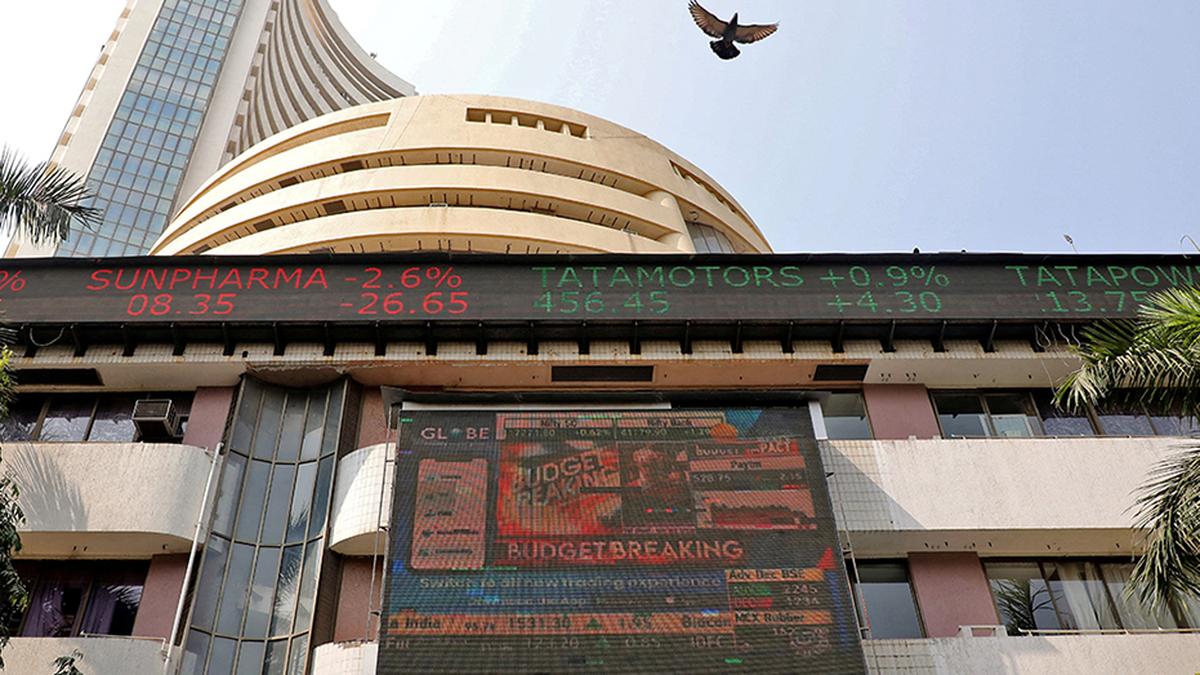














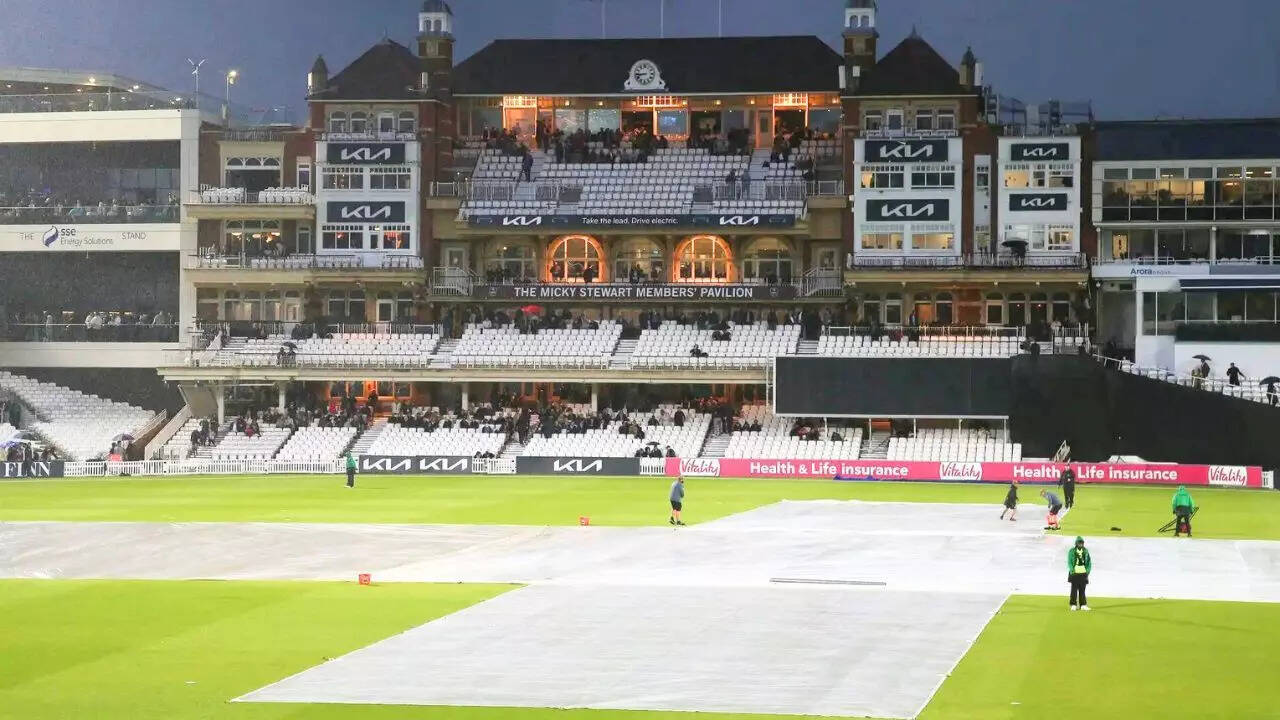





















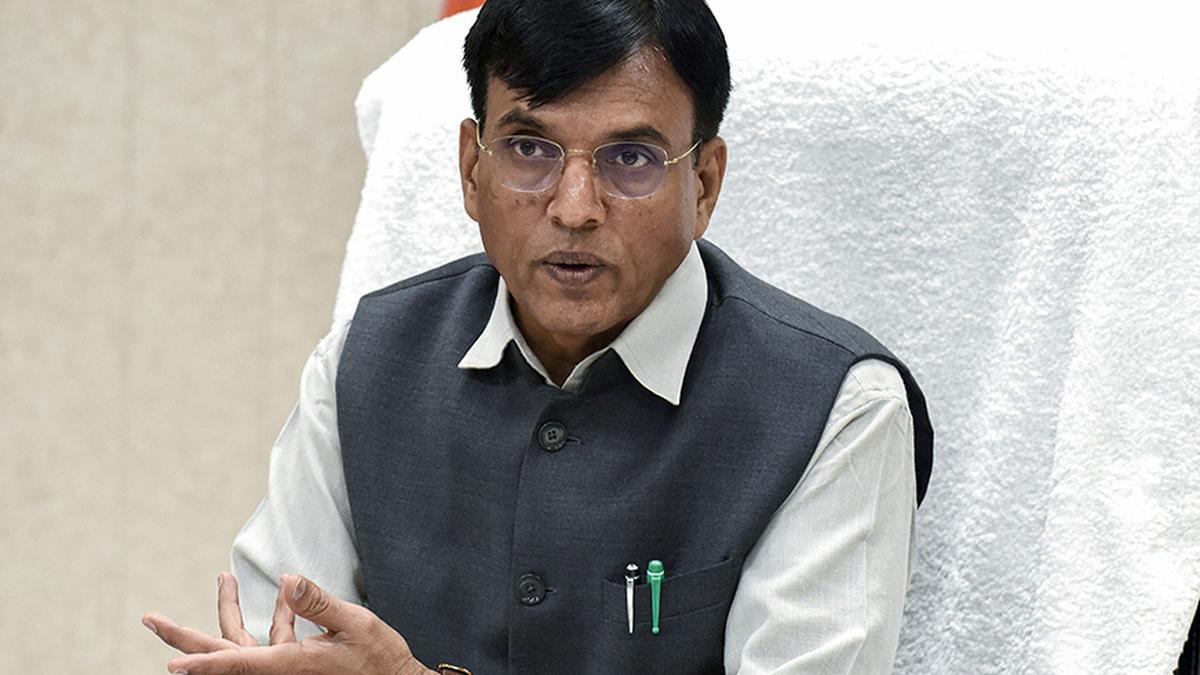
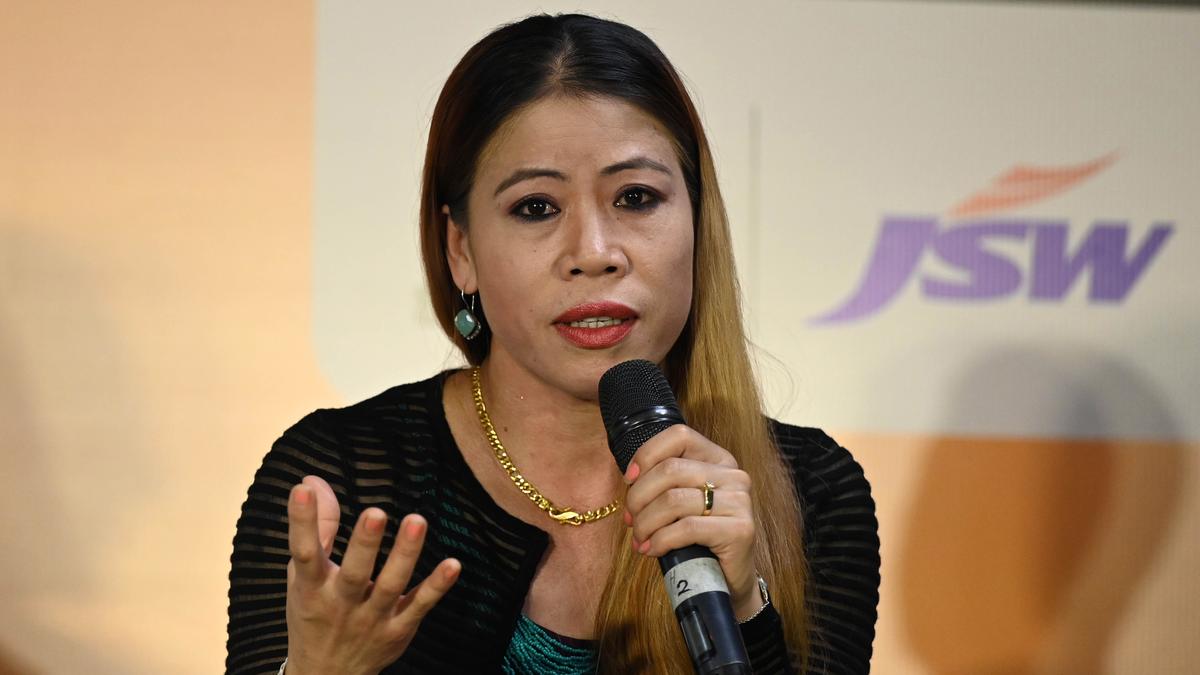









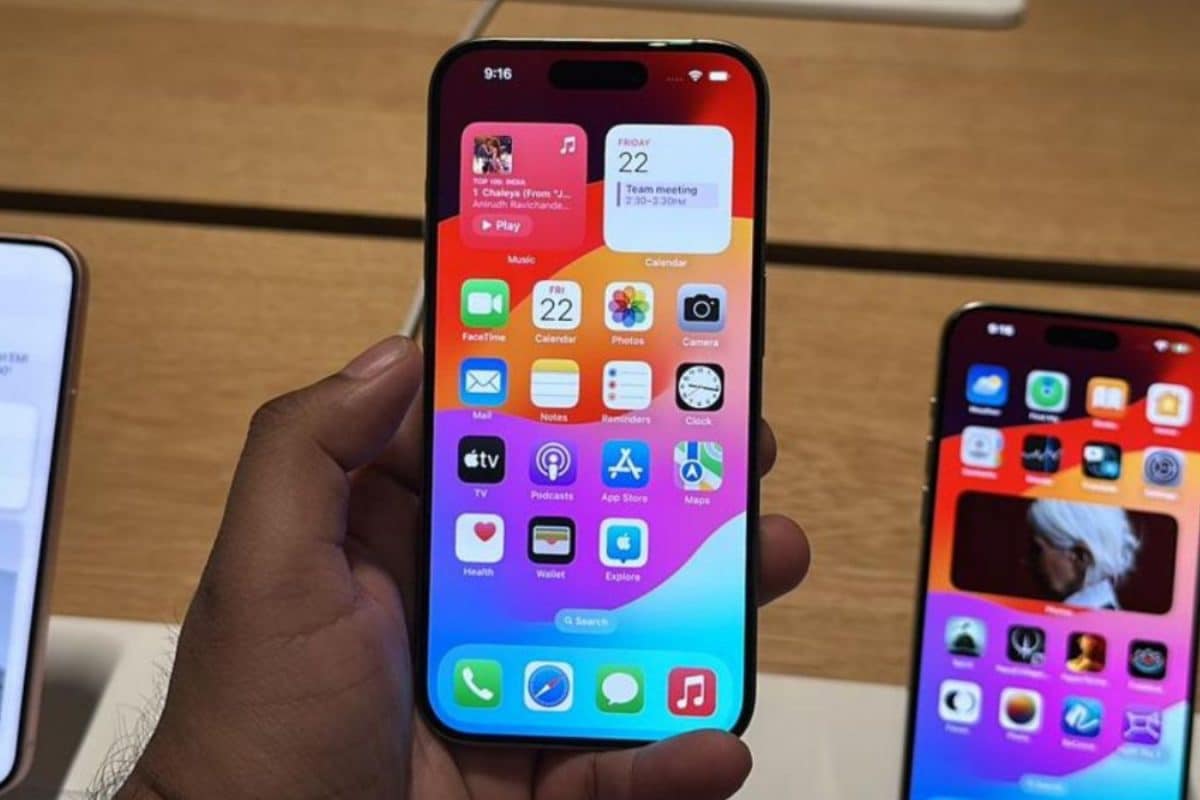
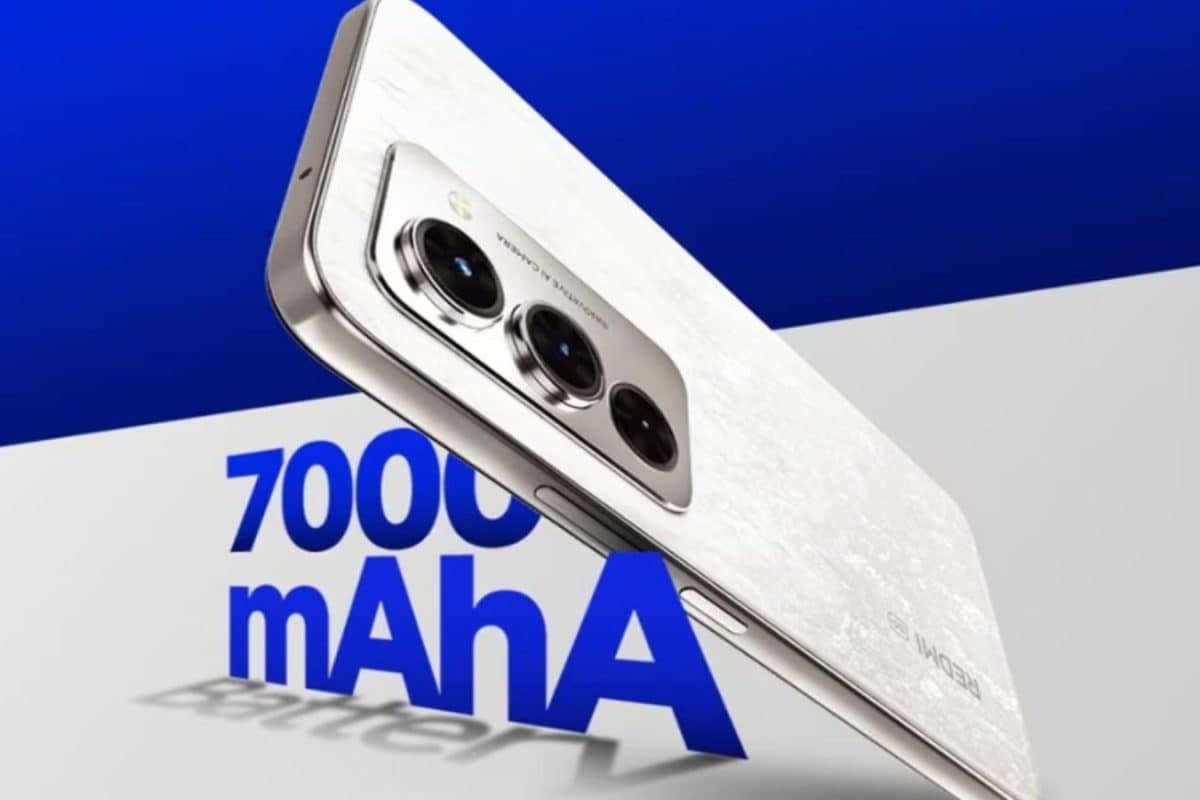
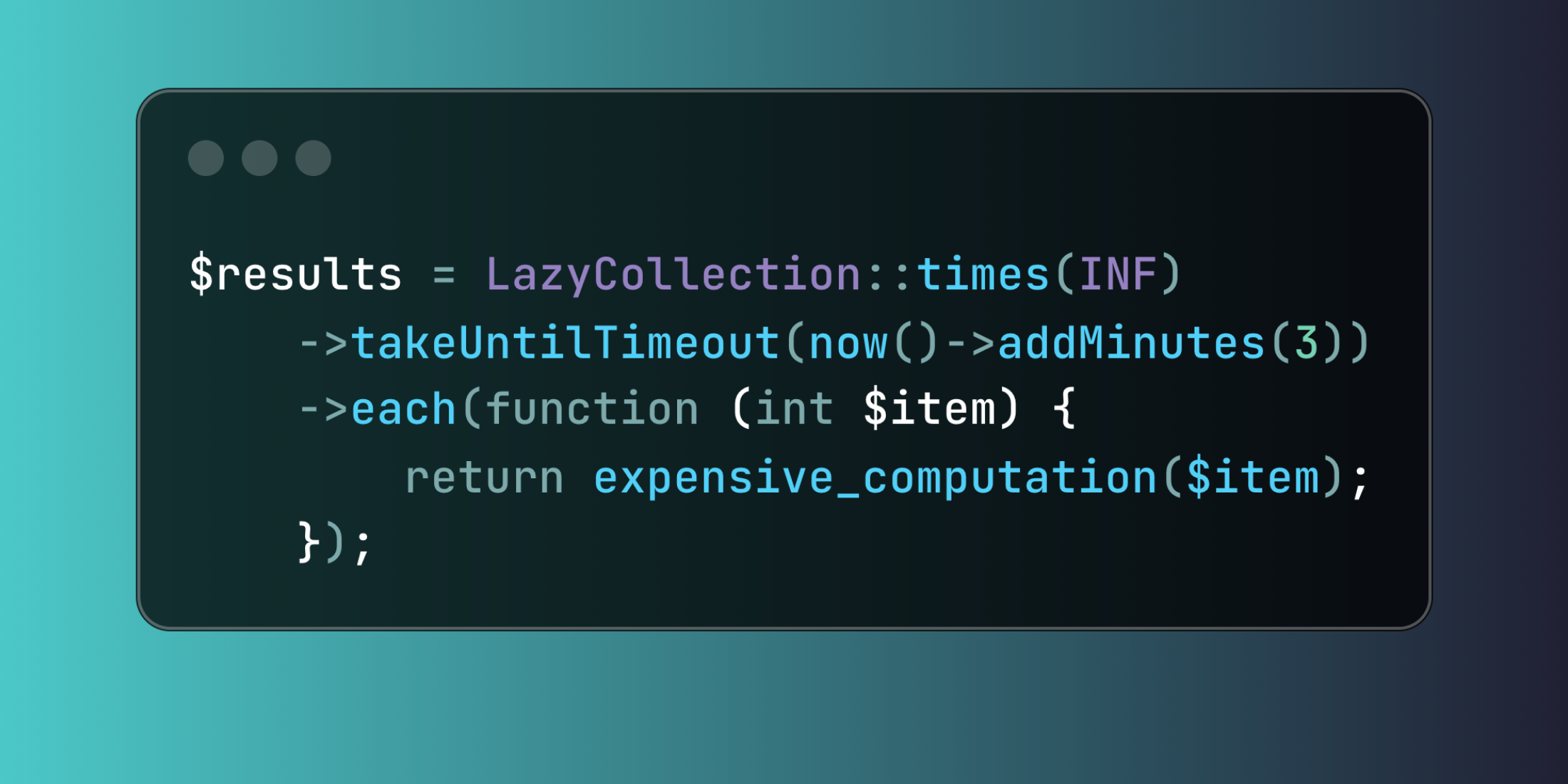

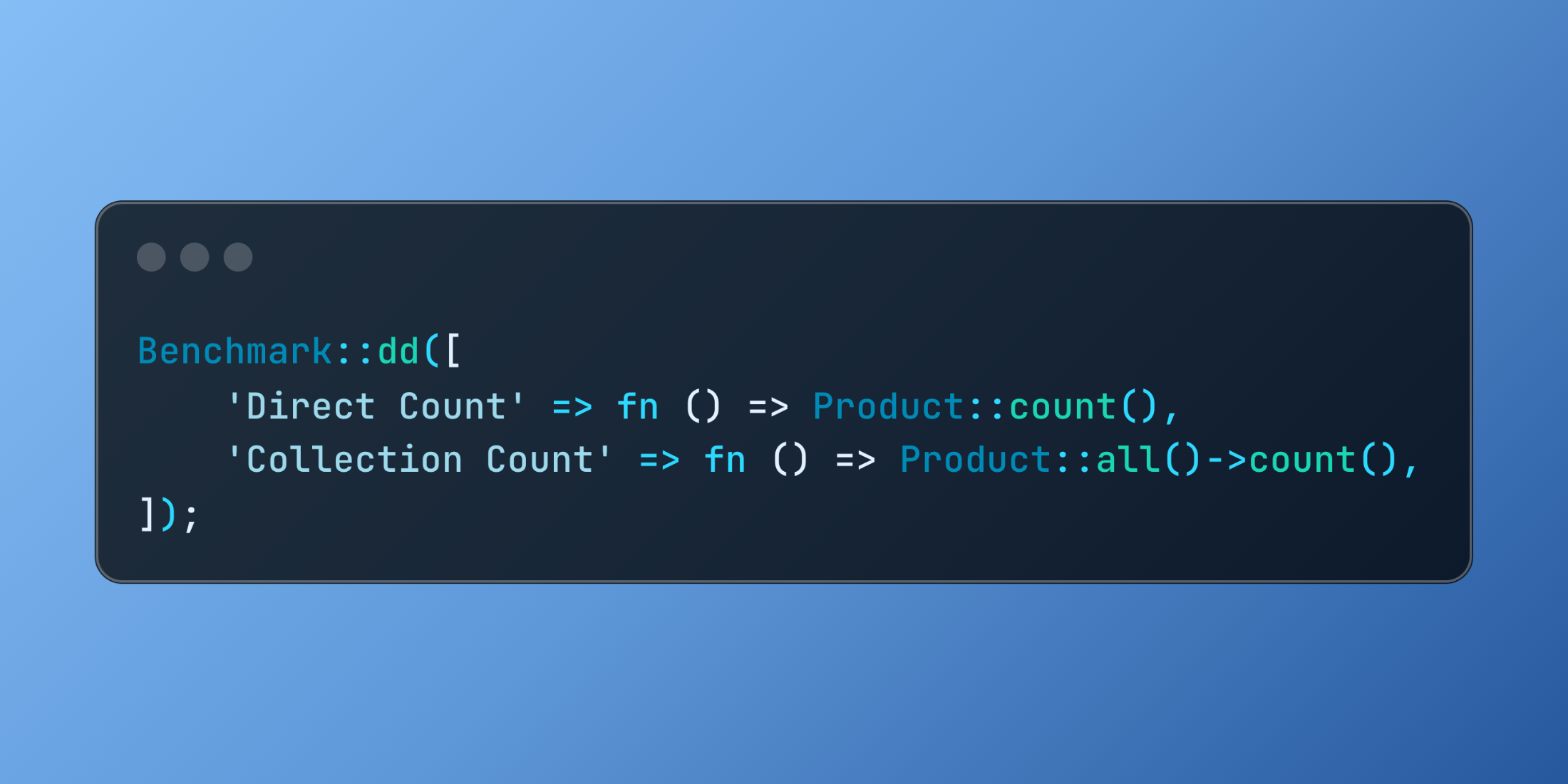







.svg)





